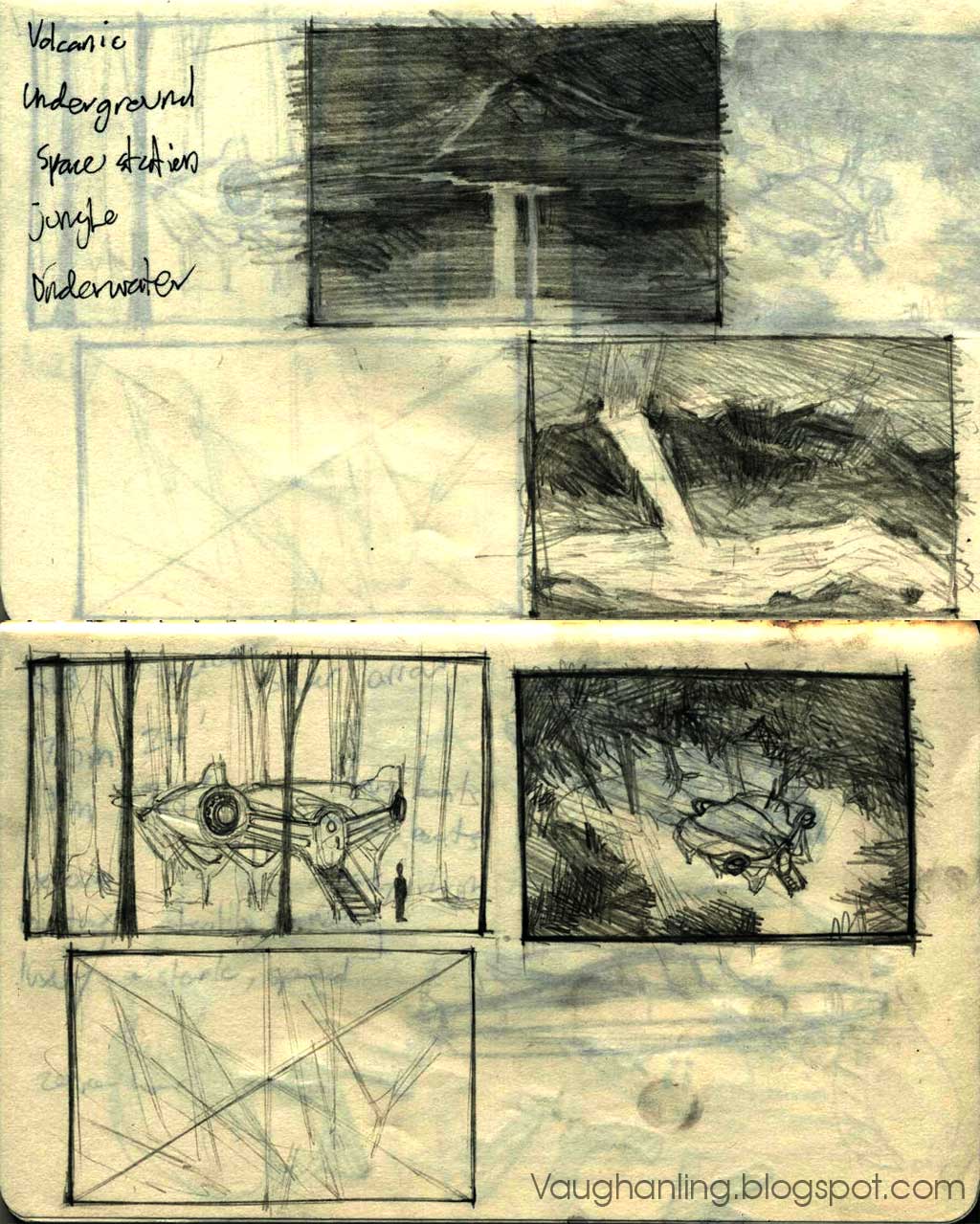

Static pages rather than dynamic HTML.Some common design elements of a Web 1.0 site include: "move from personal websites to blogs and blog site aggregation, from publishing to participation, from web content as the outcome of large up-front investment to an ongoing and interactive process, and from content management systems to links based on "tagging" website content using keywords (folksonomy)."įlew believed these factors formed the trends that resulted in the onset of the Web 2.0 "craze". Terry Flew, in his third edition of New Media, described the differences between Web 1.0 and Web 2.0 as a During Web 1.0, server performance and bandwidth had to be considered-lengthy comment threads on multiple pages could potentially slow down an entire site. For example, a Web 1.0 site may have had a guestbook page for visitor comments, instead of a comment section at the end of each page (typical of Web 2.0). Some Web 2.0 capabilities were present in the days of Web 1.0, but were implemented differently. In general, content was generated dynamically, allowing readers to comment directly on pages in a way that was not common previously. With Web 2.0, it became common for average web users to have social-networking profiles (on sites such as Myspace and Facebook) and personal blogs (sites like Blogger, Tumblr and LiveJournal) through either a low-cost web hosting service or through a dedicated host.
#Html5 porn games free#
Personal web pages were common, consisting mainly of static pages hosted on ISP-run web servers, or on free web hosting services such as Tripod and the now-defunct GeoCities. According to Cormode and Krishnamurthy, "content creators were few in Web 1.0 with the vast majority of users simply acting as consumers of content".

Web 1.0 is a retronym referring to the first stage of the World Wide Web's evolution, from roughly 1991 to 2004. Later, when Blockchain technology was introduced, Web 3.0 was even more widely used to describe a version of web with decentralization and blockchain. On the other hand, the term Semantic Web (sometimes referred to as Web 3.0) was coined by Berners-Lee to refer to a web of content where the meaning can be processed by machines.

His original vision of the Web was "a collaborative medium, a place where we all meet and read and write". Whether Web 2.0 is substantially different from prior Web technologies has been challenged by World Wide Web inventor Tim Berners-Lee, who describes the term as jargon. Examples of Web 2.0 features include social networking sites or social media sites (e.g., Facebook), blogs, wikis, folksonomies ("tagging" keywords on websites and links), video sharing sites (e.g., YouTube), image sharing sites (e.g., Flickr), hosted services, Web applications ("apps"), collaborative consumption platforms, and mashup applications. This contrasts the first generation of Web 1.0-era websites where people were limited to viewing content in a passive manner. Ī Web 2.0 website allows users to interact and collaborate with each other through social media dialogue as creators of user-generated content in a virtual community.

#Html5 porn games software#
Although the term mimics the numbering of software versions, it does not denote a formal change in the nature of the World Wide Web, but merely describes a general change that occurred during this period as interactive websites proliferated and came to overshadow the older, more static websites of the original Web. The term was coined by Darcy DiNucci in 1999 and later popularized by Tim O'Reilly and Dale Dougherty at the first O'Reilly Media Web 2.0 Conference in late 2004. Web 2.0 (also known as participative (or participatory) web and social web) refers to websites that emphasize user-generated content, ease of use, participatory culture and interoperability (i.e., compatible with other products, systems, and devices) for end users. A tag cloud (a typical Web 2.0 phenomenon in itself) presenting Web 2.0 themes


 0 kommentar(er)
0 kommentar(er)
